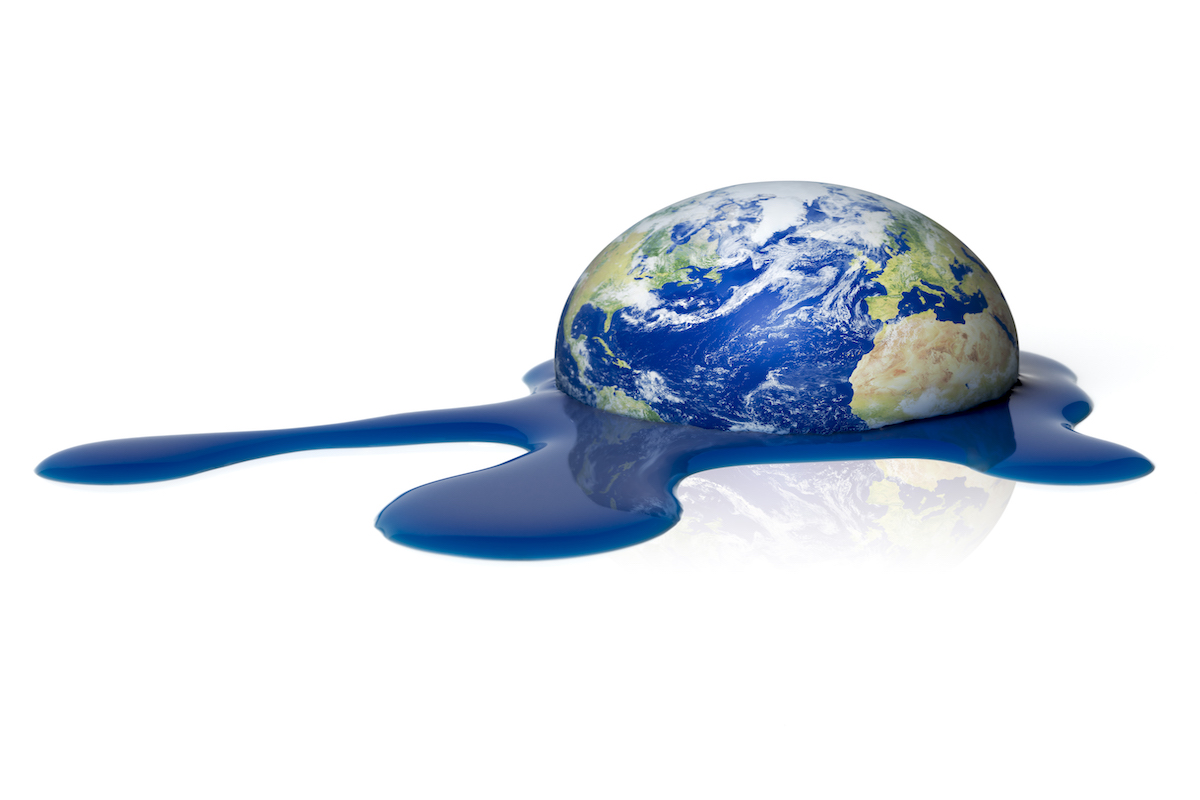Since the industrial era, anthropogenic aerosols and greenhouse gases, or GHGs, have played a role in regulating the storage and dispersion of heat in oceans. A team led by the University of California, Riverside has discovered that anthropogenic aerosols and GHGs have played distinct roles in shaping the pattern of heat uptake, redistribution, and storage in the world’s oceans.
This was done by isolating and quantifying the effects of both forcers using coupled climate model simulations. The researchers found aerosol-driven changes in ocean circulation and associated interbasin heat transport are more effective in altering oceanic heat distribution than those driven by globally increasing GHGs.
Advertisement
“A better understanding of the effects of individual anthropogenic forcings on oceanic heat redistribution and its implications for regional sea level change will help develop climate mitigation strategies,” said Wei Liu, an assistant professor of climate change and sustainability in the Department of Earth and Planetary Sciences, who led the study published yesterday in Nature Geoscience.
Anthropogenic aerosols and GHGs have been suggested as main drivers of climate change. The team’s results advance the understanding of their effects.
Anthropogenic GHGs have increased steadily during the “historical period,” from around 1850 to the near-present. Anthropogenic aerosols, on the other hand, first increased during this period, but then started to decline starting in the 1980s due to air quality legislation in some parts of the world.
The researchers primarily used the following coupled climate model simulations that were run over the historical period:
HIST-AER — models are driven solely by human-induced aerosol changes during the historical period.
HIST-GHG — models are driven solely by human-induced greenhouse gas changes during the historical period.
HIST — models are driven by all the forcings, including human-induced aerosol and greenhouse gas changes, land use, and volcanic eruptions during the historical period.
piControl — all the forcings are set to preindustrial time levels.
“In the aerosol-forcing scenario, interbasin heat exchange — the heat exchange between ocean basins — is comparable to ocean heat uptake changes in modifying the stored heat,” Liu said. “This is especially seen in the Atlantic and Indo-Pacific Oceans. Under the greenhouse-gas-forcing scenario, interbasin heat exchange is far less important than ocean heat uptake changes. This may be due to the fact that in this scenario ocean circulation effects are strongly offset by temperature shifts.”
Liu explained that interbasin heat exchange is important for heat redistribution among basins, which can influence regional climate change manifested, for example, in sea level rise.
“Since the past century, rapid sea level rise has been one of the most serious threats and will continue to be so going forward for at least another century,” he said. “Sea level rise is not globally uniform but regional in distribution. Regional and coastal sea level changes, as well as changes in extremes along coastlines, may raise societal concerns, such as the relocation of coastal communities and potential harm to natural resources and infrastructure along the coast.”
Shouwei Li, the first author of the paper and a graduate student in Liu’s lab, explained why the study found oceanic heat distribution can be changed more effectively by aerosol-driven changes in ocean circulations and related interbasin heat transports than by changes brought on by globally increasing GHGs.
“This may be related to the difference between distributions of aerosols and GHGs,” he said. “The increases of well-mixed GHGs are global while changes in aerosols are mostly enhanced in the Northern Hemisphere due to more human activities and industries.”
The research team also used observations for comparisons with their model results.
“We found the oceanic warming from model simulations closely matched observations,” Liu said.
Liu and Li were joined in the research by Robert J. Allen of UCR, Jia-Rui Shi of Woods Hole Oceanographic Institution, and Laifang Li of Pennsylvania State University.











